Do you feel like you could kayak for hours if only your back didn’t hurt?
Or, do you worry that your lengthy kayaking sessions could lead to long-term pain?
Sciatica is a type of pain that starts at the sciatic nerve, which is located in your lower back.
When you think about the position that you sit in while kayaking, it just makes sense that it could lead to pain in your back and legs.
Kayaking doesn’t typically cause sciatica, but it can aggravate your symptoms.
Kayakers who are prone to back pain can use strategies that prevent sciatica from developing during long trips.
- What Causes Sciatica?
- Who Is at Risk for Developing Sciatica While Kayaking?
- Why Does My Back Hurt After Kayaking?
- How Do You Know If It is Sciatica or Something Else?
- Can You Kayak With Sciatica?
- Will My Doctor Tell Me to Stop Kayaking?
- Should People With Sciatica Take Shorter Trips?
- How Can You Reduce Sciatica Symptoms While Kayaking? (7 Tips)
- How Do You Treat a Sciatica Flare Up After Kayaking?
- Conclusion
- You Might Also Like…
Disclosure: this post contains affiliate links (clearly marked with ), which means we may earn a commission if you buy something through them, at no additional cost to you.
What Causes Sciatica?
Approximately 40% of people will eventually develop sciatica at some point in their life. For many people, it is a temporary condition that eases up over time.
A typical sciatica attack can last anywhere from a few hours to several days. People with sciatica that is associated with long-term health conditions may find that the pain comes and goes for years.
Sciatica is sometimes viewed as being the same thing as back pain, but it is different. With this condition, the pain originates from the sciatic nerves.
You have two sciatic nerves, and they are the largest ones in your body. They are located in the lower lumbar spinal region in your back.
Each sciatic nerve runs through your buttocks, down your legs and all the way through your foot to the big toe.
Inflammation or pressure on these nerves is what causes the painful symptoms that people experience with sciatica.
Due to the size of these nerves, sciatica pain can often take many different forms.
After kayaking, some people find that they have a dull soreness or tingling sensation that runs from their lower back and to their leg.
Others describe the pain as being sharp and shooting.
While general back pain usually stays within the upper or lower region of your back, you might suspect sciatica when you feel sensations that move throughout your lower body.
Who Is at Risk for Developing Sciatica While Kayaking?
Many people can kayak for long times and distances without feeling any ill effects.
Usually, people who develop sciatica after kayaking already have certain pre-existing conditions.
People with known back problems should be aware of their increased risk of having sciatica following a kayaking adventure.
These are just a few of the most common back problems that are associated with irritation on the sciatic nerve:
In some cases, people develop sciatica during or after kayaking that is caused by other factors that increase pressure on their nerves when they are sitting in a kayak.
For instance, being overweight can contribute to more weight being placed on the sciatic nerve.
The physical changes that occur during pregnancy can sometimes increase the chances of feeling sciatica symptoms.
While you can still go kayaking while you are pregnant, you might need to be cautious about how you sit in your boat.
Diabetes is another condition that can lead to sciatic pain due to nerve damage.
If you have diabetes, kayaking is an excellent form of exercise that helps with weight and blood sugar management.
Why Does My Back Hurt After Kayaking?
Kayakers often find that their back hurts after a lengthy or strenuous expedition, but that doesn’t mean that you have sciatica.
Poor posture, muscle weakness and using an incorrect paddling technique can all be reasons why you feel back and leg pain following a kayaking trip.
Figuring out why your back hurts helps you develop strategies that ease your pain, whether you have sciatica or not.
How Do You Know If It is Sciatica or Something Else?
A little mild muscle soreness after engaging in any type of physical activity is normal.
Paddling a kayak requires you to use your muscles in ways that you might not use them every day.
For instance, you likely don’t do so many shoulder rotations when you are at home or work.
The same can also be said for using your core muscles. Paddling engages the muscles throughout your back and bracing yourself with your legs can lead to tension in your lower body.
Sciatica symptoms can sometimes feel like a sore muscle, but they usually feel different from other types of pain that you have experienced before.
The only way to find out if you have sciatica is to seek a diagnosis from a qualified physician.
During your visit to the doctor, it is important to describe when you experience the pain and how it feels. Mentioning if it happens often after kayaking can help your doctor determine your best course of treatment.
A physician may use several types of testing to make a sciatica diagnosis. They might use an x-ray to look for abnormalities on your spine and pelvic joints such as bone spurs.
An MRI or CT scan might be ordered by your doctor to give them a better look at the inner structures of your body that surround the sciatic nerve.
Electromyography, or EMG, is another special test that measures how fast nerve signals move through your body.
Using these tests, your doctor can also make sure that you don’t have an injury from kayaking that is causing your pain.
Getting an accurate diagnosis helps you to make better decisions about how much you go kayaking.
Can You Kayak With Sciatica?
The majority of people can kayak with sciatica.
Sitting in your boat for prolonged periods of time might irritate the nerves, but it shouldn’t cause any permanent harm.
Kayaking might even help to loosen up tight muscles in your back that irritate the sciatic nerves.
Keep in mind that you may still need to be careful if you have pre-existing conditions that could be worsened by strenuous forms of exercise.
Will My Doctor Tell Me to Stop Kayaking?
Most doctors encourage people to continue to exercise when they have back problems.
The movements that you use for kayaking help to burn calories and keep excess weight from making the issues worse.
If your diagnostic tests show that you have a major back injury, then you might be asked to restrict your activities until the issue is treated. This is common after back surgery.
Make sure to mention that you are an avid kayaker when you talk to your doctor about your sciatica symptoms.
Be honest about how often and for how long you kayak. If you kayak in extreme conditions, then this is also important to tell your doctor.
Your doctor might suggest planning easier kayaking trips until your symptoms improve, or they may ask you to kayak for shorter lengths of time.
If you must stop kayaking, then ask your doctor for how long. Following their guidelines can ensure that you don’t experience a setback that causes you to have to wait to go kayaking for longer.
Should People With Sciatica Take Shorter Trips?
Listening to your body is an important part of being a good kayaker. If you feel pain, then do a post-trip analysis.
Spend some time thinking about the conditions that you kayaked in and if you encountered any challenges.
For example, you might have pain caused by a capsize that forced your body into an uncomfortable position.
It is also possible that you altered something during your last trip that changed your body’s response to paddling.
Did you change to a different type of boat, or were you using heavier paddles?
Noticing what might have contributed to the painful symptoms helps you figure out whether or not you need to shorten your trips.
If you do, then consider slowly increasing your time on the water until you find your sweet spot for avoiding pain while still having fun.
How Can You Reduce Sciatica Symptoms While Kayaking? (7 Tips)
Back pain among kayakers might be common, but there are many things that you can do to stop the issue before it gets out of hand.
Give these strategies a try to see if one or more of them can help you get control over sciatica symptoms:
1. Experiment With Different Types of Kayaks
Maintaining proper posture in your kayak is critical for helping you to relieve pressure on your lumbar region.
Kayakers with lower back pain sometimes find that sit-on-top styles are beneficial for improving their comfort.
These kayaks tend to allow for you to have more room to shift your weight as needed to alleviate any pain.
You might also be able to bend your knees more, which can sometimes help to relieve lower back pain.
If you prefer a sit-in kayak, then make sure that you choose one with a cockpit that fits you comfortably.
When you get into your kayak, spend a few minutes adjusting the foot pegs and back brace to make sure that you can maintain good posture as you paddle.
2. Invest In a Good Seat
The majority of kayaks have simple seats that are molded into the design, but these are not typically comfortable for many kayakers.
Most kayakers add a better seat to their kayaks, and you can find kayak seats in many different styles.
High-back seats are an option for tall people. You can also choose a seat that is made from foam or gel, and they come in a variety of different thicknesses.
Look for a seat that gives you the right amount of cushioning for your lower body and support for your back.
3. Use a Back Band
One issue that some people run into with kayak seats is that they tend to lean backward, which affects their posture.
Back bands are an option that provides support right where you need it for lower back pain.
A back band attaches to the seat-mounting bolts on a kayak and has a cushion that should rest on the lumbar region of your back.
Most come in adjustable styles that you may need to experiment with until you find the right place to give you the best level of back support.
4. Take Time to Stretch
Stretching has long been a solution for athletes who want to avoid muscle soreness at the end of a workout, and physicians often prescribe stretches as part of a person’s treatment for back pain.
Kayakers need to plan to stretch for at least five to 10 minutes before they begin their workout.
If you have a long drive to the kayaking location, then make sure to do your stretches after you arrive at your destination.
Focusing on the muscles that you use in your lower body as you kayak helps to prevent sciatica symptoms.
One area that you can make sure to stretch is your piriformis muscle. This muscle stretches over the sciatic nerves, and tension in the piriformis muscle can add pressure to the nerves that lead to pain.
You’ll also want to stretch again at the end of your trip. This helps to loosen up any muscles that might have developed tension as you paddled.
5. Try Different Positions While Paddling
The best position for kayaking is with your back upright and your legs straight out in front of you with a slight bend in your knees.
However, kayakers sometimes change positions during long trips or to increase their handling of the kayak in certain conditions.
Kneeling is an option that some kayakers use to increase stability during rough water conditions. You can try this position to see if it relieves pressure on your sciatic nerves.
Once again, you want to monitor your body’s reaction to using a new position. If it causes other parts of your body to hurt, then it might not be the best one for you to use regularly.
Many kayakers find that switching positions throughout a trip helps to make sure that no part of the body is put under too much strain.
6. Strengthen Your Core Muscles
Weak core muscles are often a cause of back pain, and trying to paddle when you are out of shape increases the risk of an injury.
Paddling your kayak already helps to build your core muscles, and you can make each stroke more effective by doing some special exercises on land.
If you are starting a core workout for the first time, then remember to start out slowly. You can increase the repetitions of each exercise over time until you can do a full workout.
You might also need to check with your physician before you do new core exercises to make sure that you don’t exacerbate a current back injury.
7. Be Careful When Lifting and Carrying Your Kayak
The way that you lift and carry your kayak also affects whether or not you develop sciatica. Kayakers with known back problems may need to modify how they lift and load their kayak.
Lifting the kayak over your head to load it onto the top of a vehicle is a common way to injure the lower back.
In some cases, you may need to make modifications to how you load up at the end of the day.
Many kayakers find that carrying a set of portable steps makes it easier to put their kayak on the top of their car without having to strain.
You might also want to carefully choose where you launch your kayak into the water from to avoid having to carry it for long distances.
Using a kayak cart will make things a lot easier for you.
Carrying the kayak with a partner or using a kayak cart are two more options that could help you prevent sciatica pain.
How Do You Treat a Sciatica Flare Up After Kayaking?
There is nothing worse than realizing that the awesome feeling you just got from kayaking is fading away due to back pain.
Sciatica symptoms often respond to a few simple self-care methods that you can do at home.
Applying hot or cold packs can help to relieve inflammation that is irritating the nerves.
Doing gentle stretches and exercises for your lower back and legs can also relieve pain.
Over-the-counter pain relievers are another option that can ease discomfort and inflammatory responses in your body at the same time.
If you find that the symptoms don’t respond to self-care or last for longer than a few days, then it may be best to visit a doctor.
Conclusion
Kayaking can sometimes lead to pain in your lower body, but that doesn’t always mean that it is sciatica.
Pay attention to how you feel after a trip and think about what you did on your adventure that might have contributed to your pain.
In most cases, making a few minor adjustments to your kayaking strategies is all it takes to get back to enjoying pain-free adventures that leave you feeling refreshed.
You Might Also Like…
-
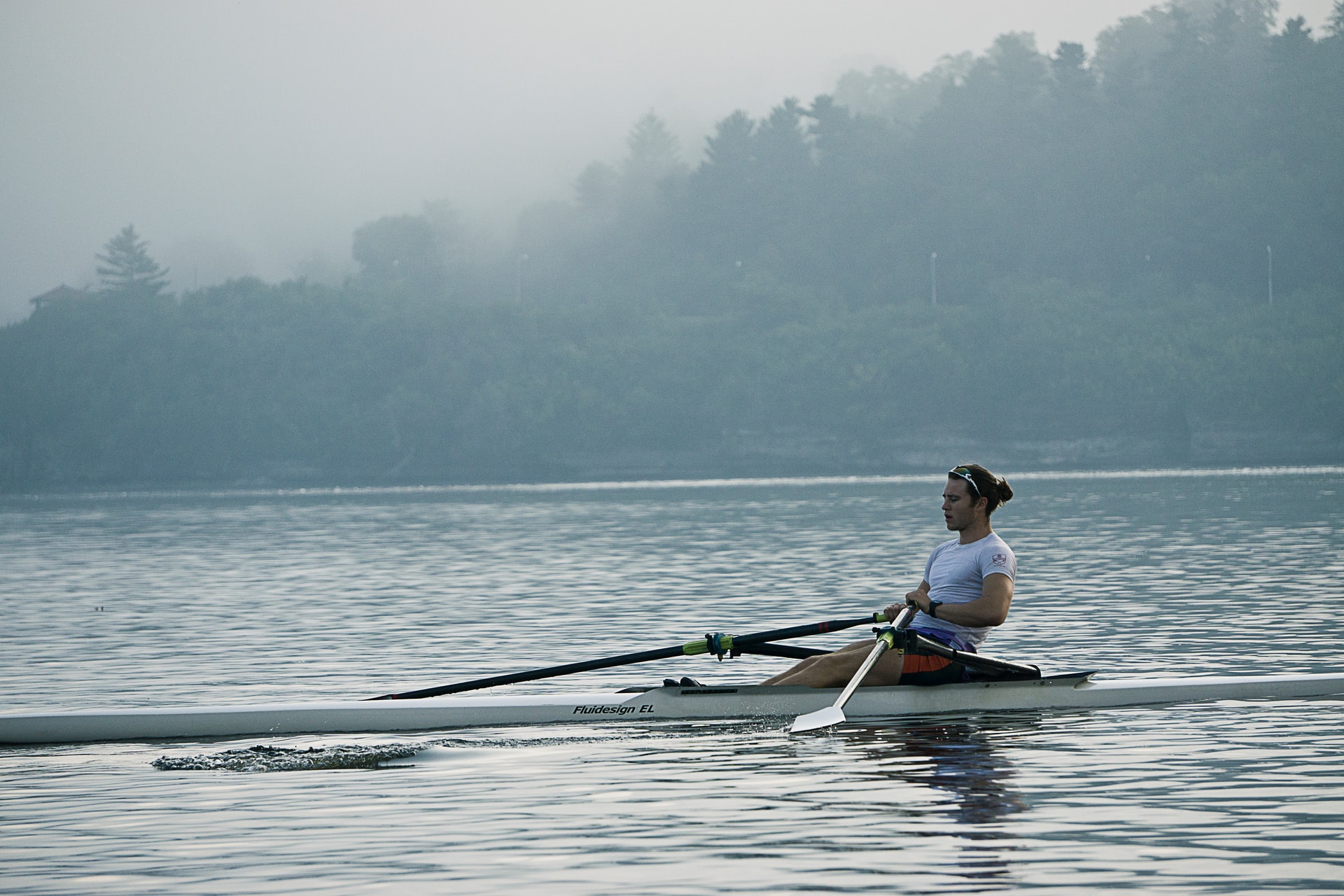
Kayaking Vs. Rowing: What’s the Difference? (8 Key Differences)
-

When Is It Too Windy for Kayaking? (Crucial Facts You Should Know)
-

When to Go Kayaking? (What Every Kayaker Should Know)
-
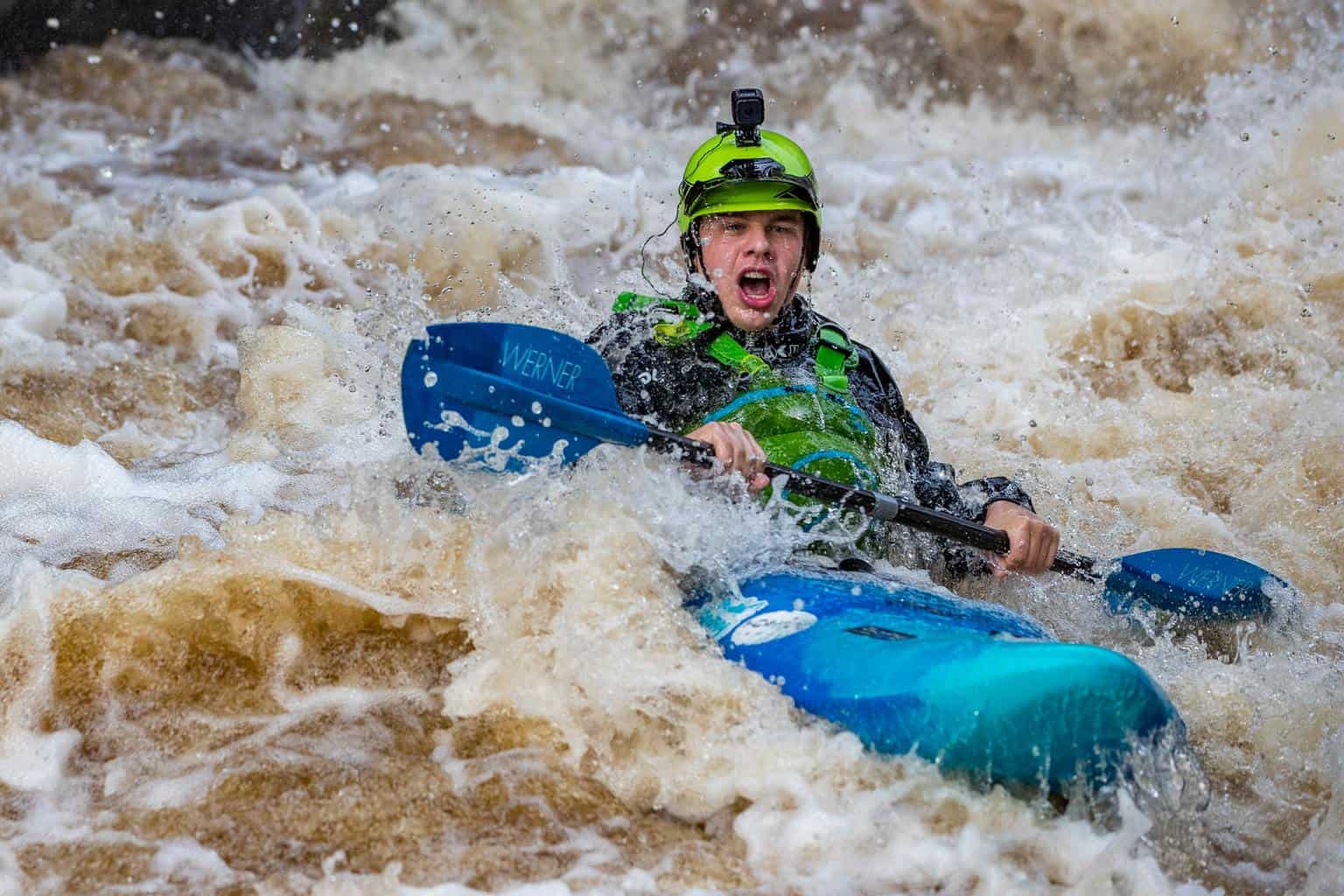
Will I Get Wet Kayaking? (Common Reasons & How to Stay Dry)
-
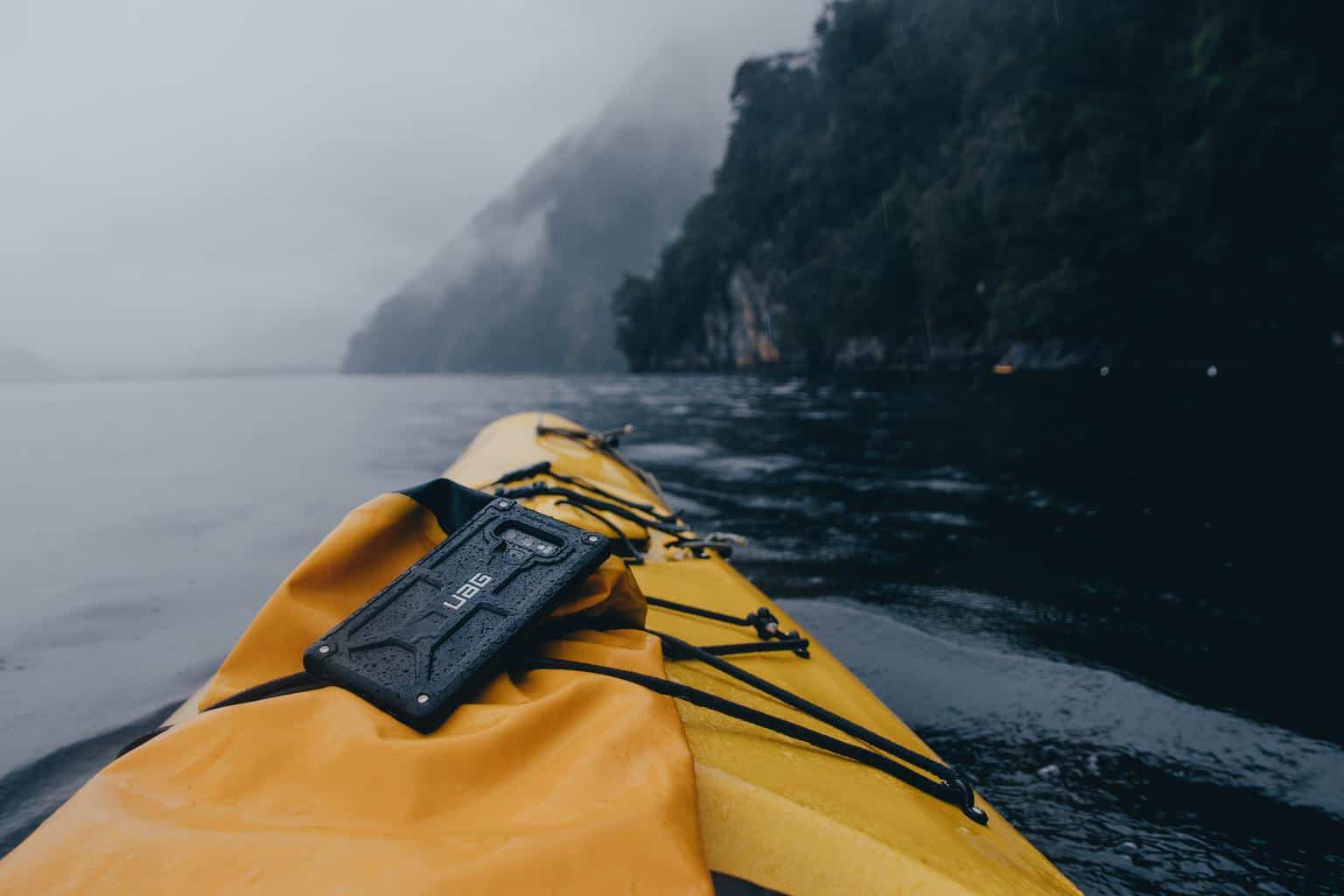
Should I Bring My Phone Kayaking? (7 Good Reasons)
-
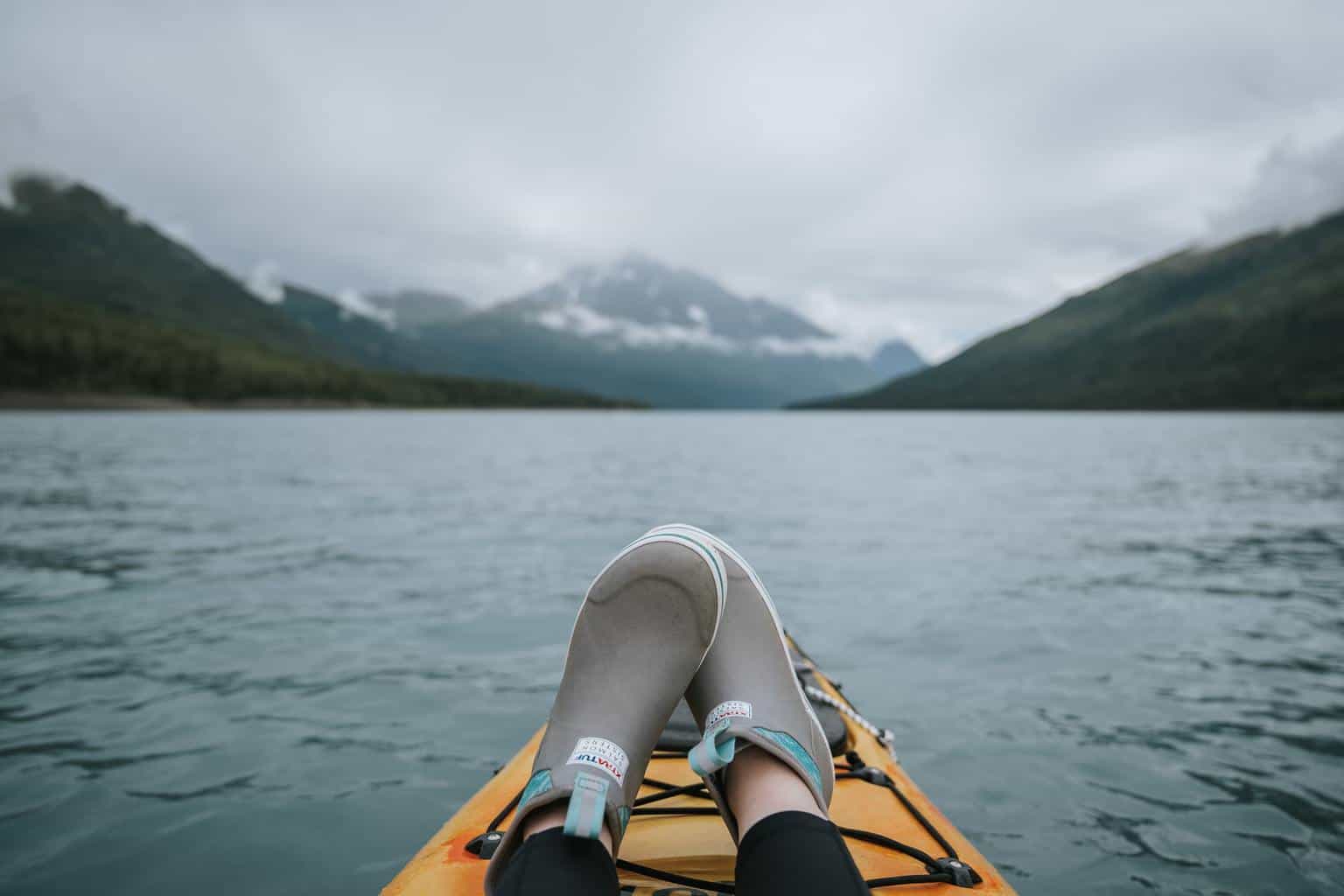
What Shoes to Wear Kayaking? (+ the Best Shoes for Your Needs)
-

Can Kayaking Cause Chest Pain? (What Every Kayaker Should Know)
-
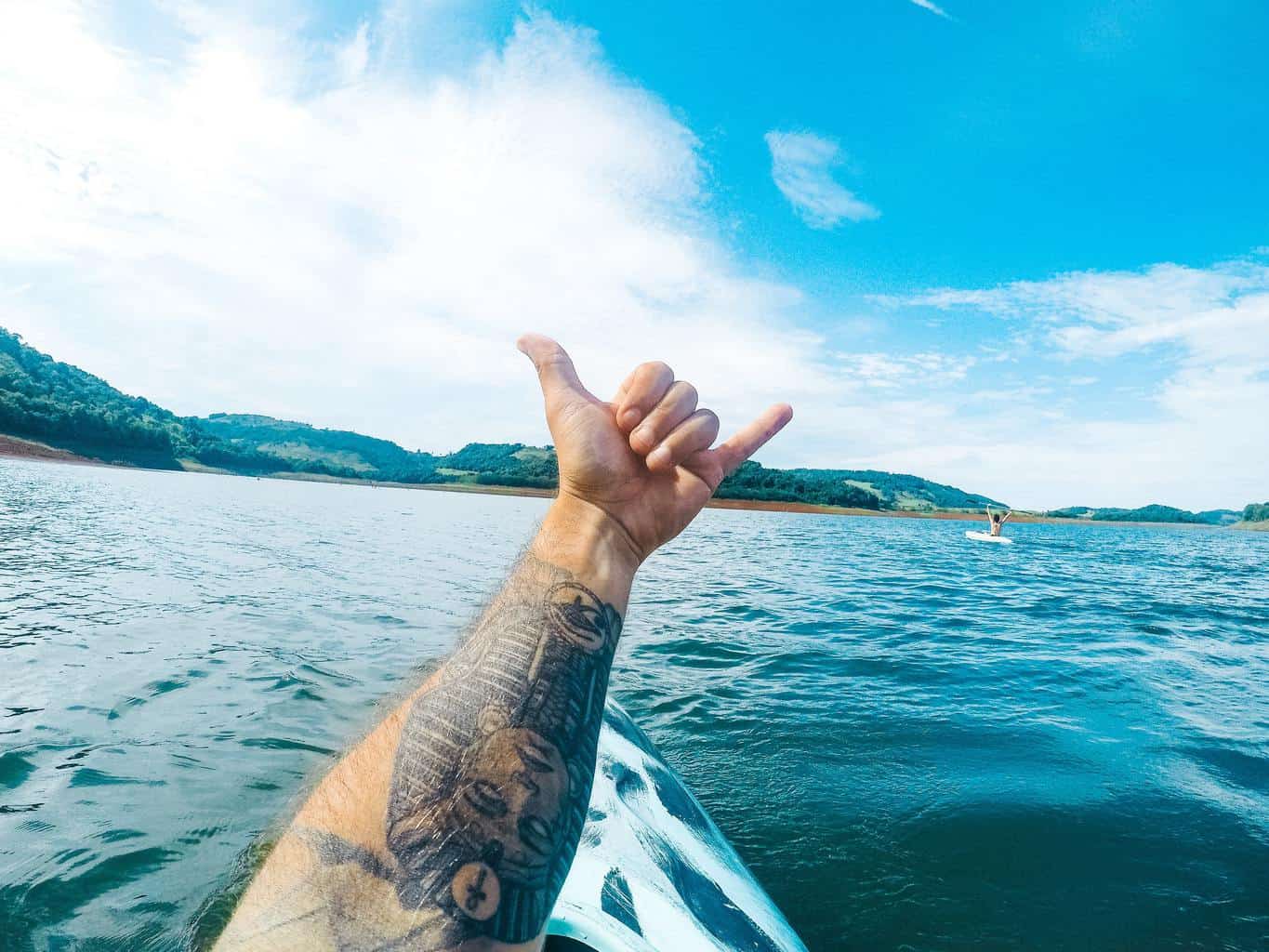
Can I Go Kayaking With a New Tattoo? (Facts You Should Know)
-

Can You Go Kayaking On Your Period? (+Practical Tips)
-
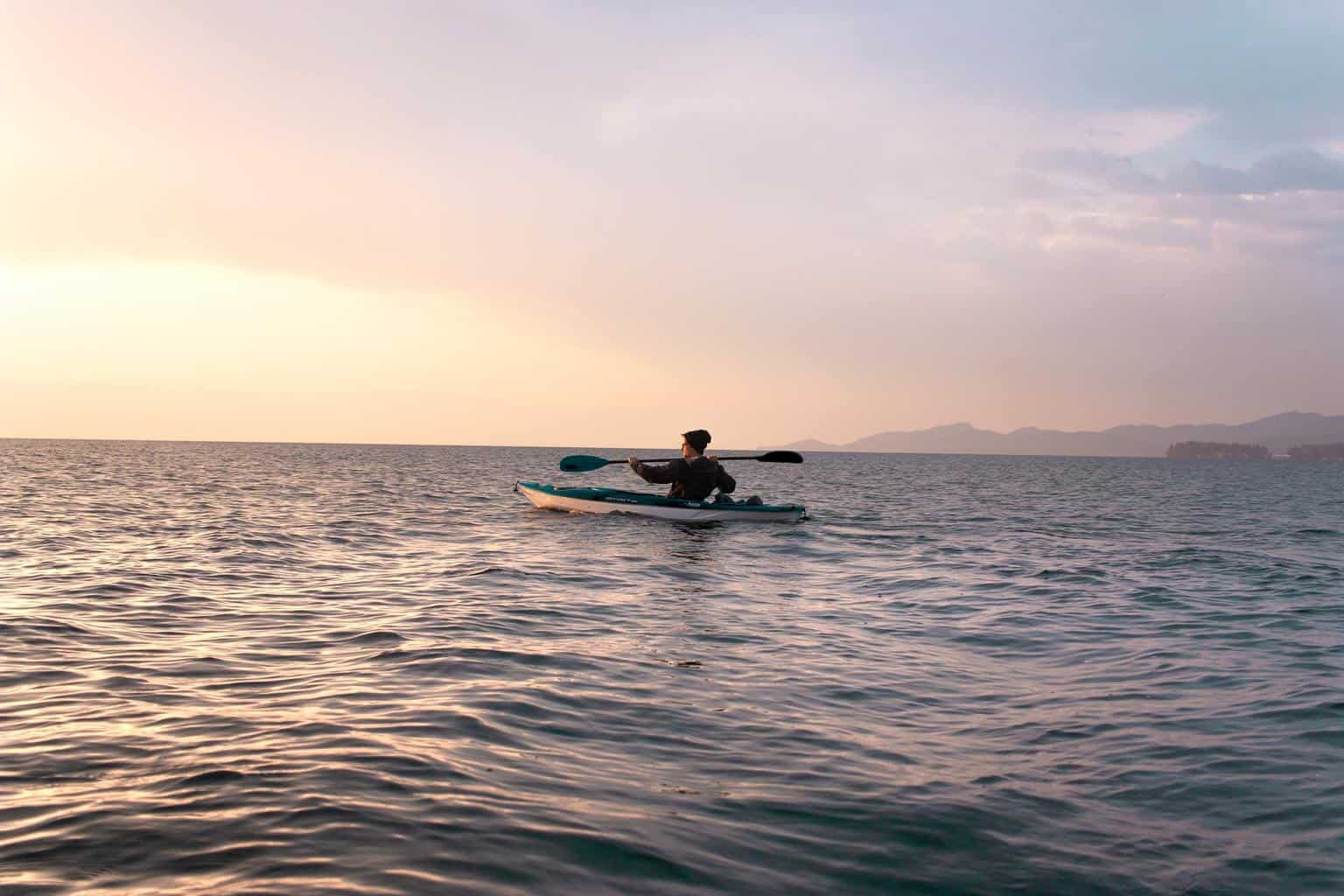
Can Kayaking Cause Hemorrhoids? (What Every Kayaker Should Know)
-
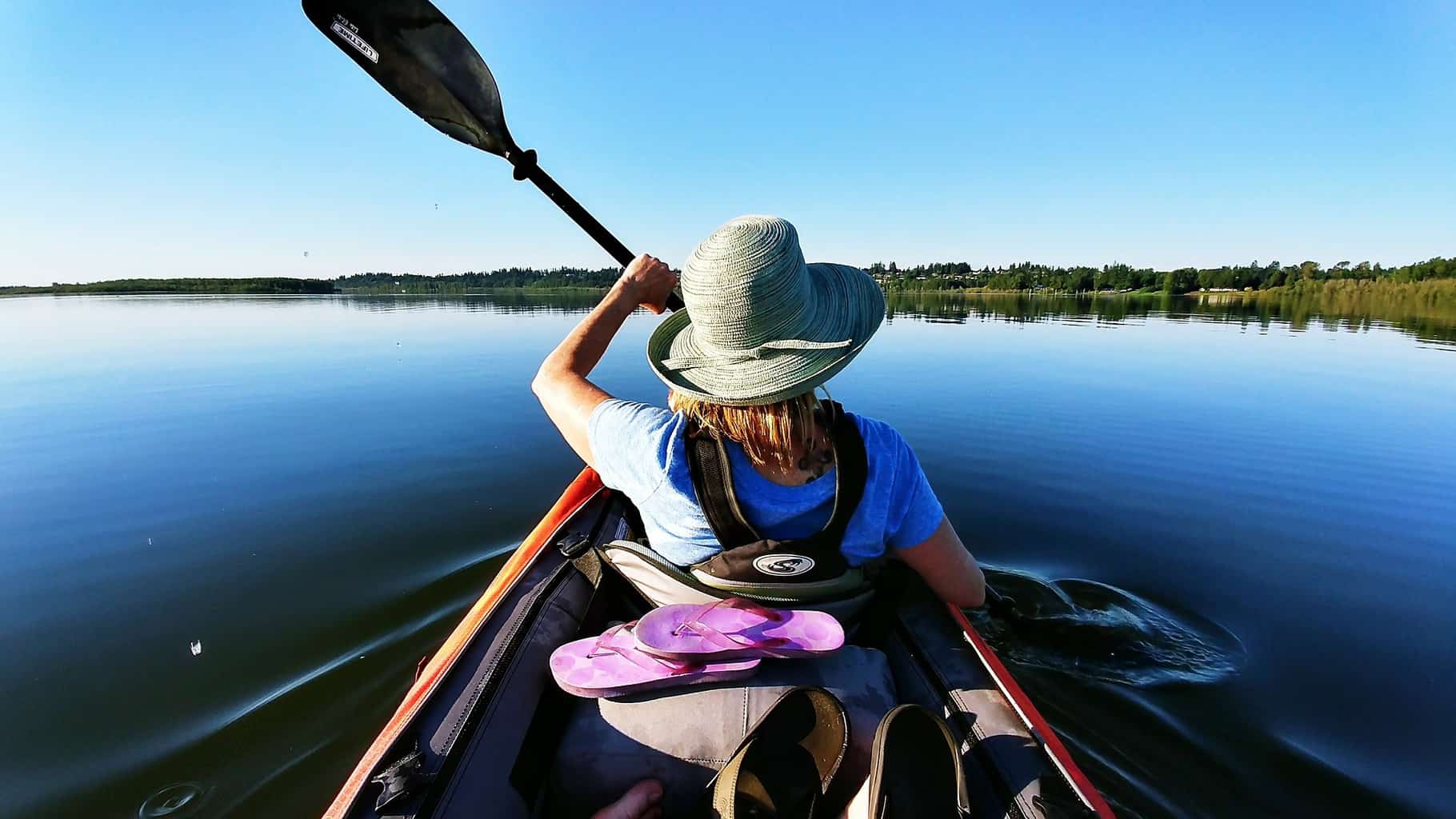
Can Kayaking Cause Tennis Elbow? (+8 Simple Tips to Avoid It)
-
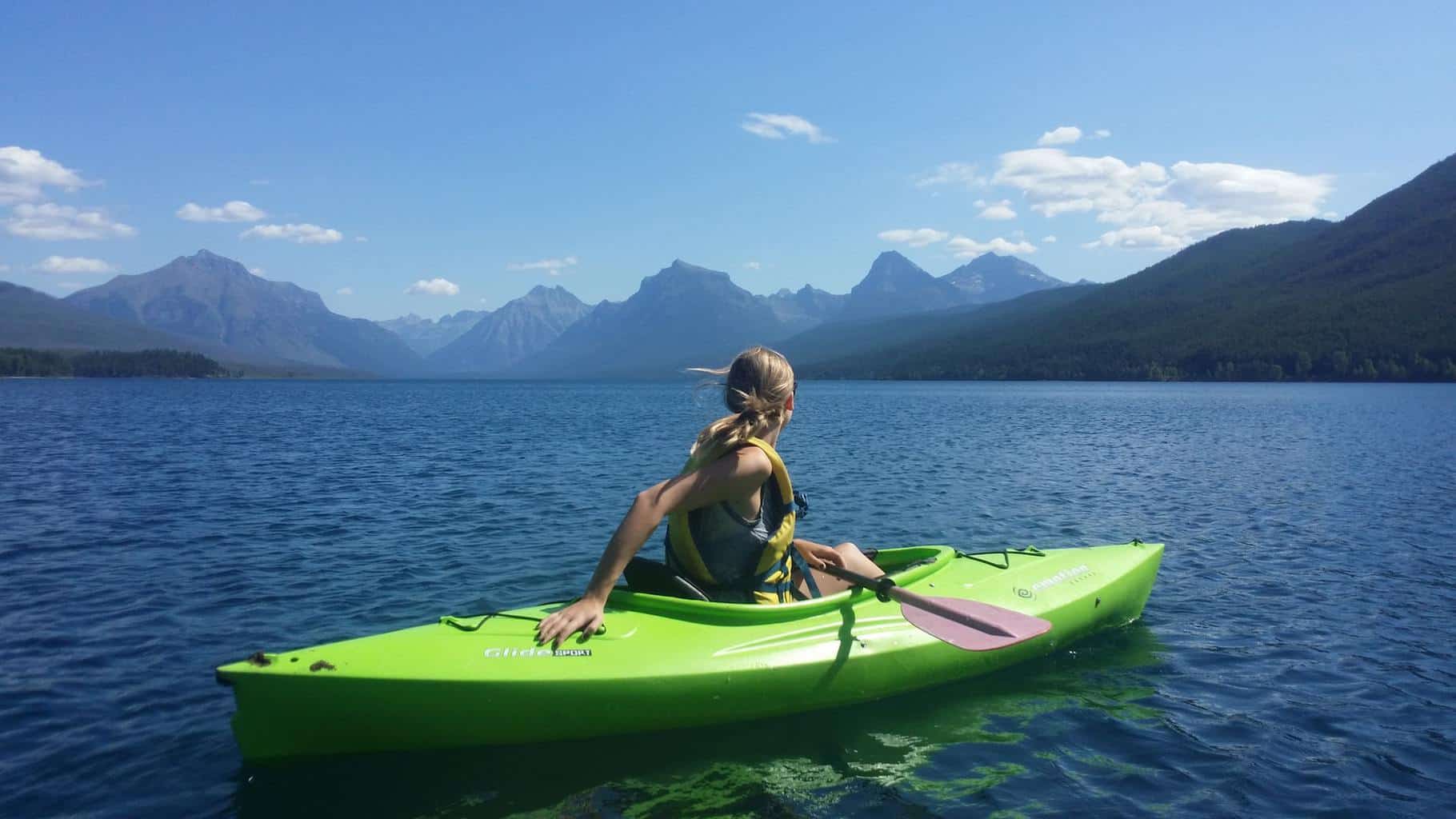
Can Kayaking Cause Sciatica? (+7 Tips to Avoid It)











